#Dangerousgoods are #substances or #articles that pose a risk to people, property or the environment, due to #chemical or #physical properties.
In order to carry dangerous goods safely, certain principles must be adopted that prevent the aircraft and its occupants from being put at risk.
it must comply with The #UnitedNations (UN) #nine hazard classes for dangerous goods.
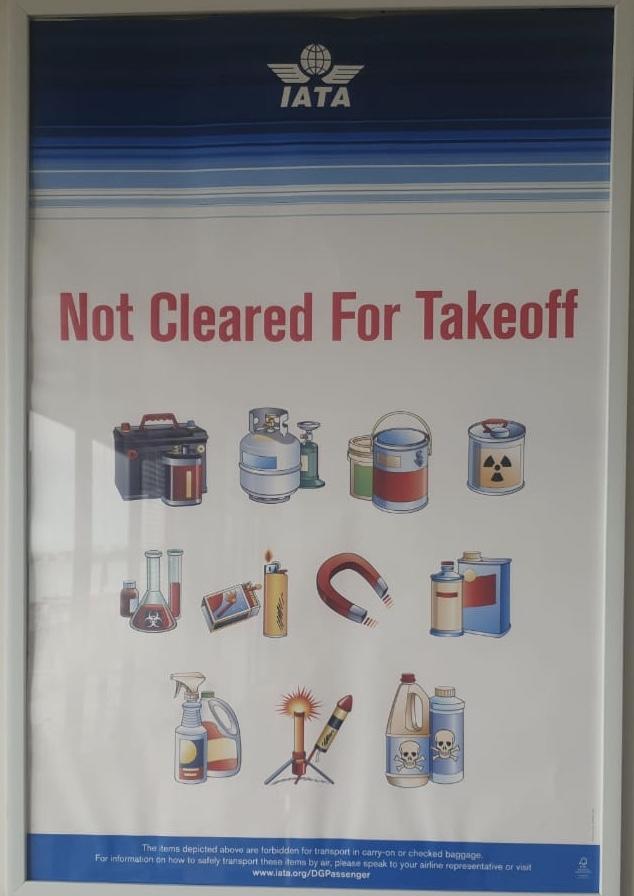
1. Explosive materials
not usually shipped by air , They cover substances that have an #explosion hazard, explosions that may project #fragments and #firebrands, and fire hazards.
2. Gases
include flammable #gases, toxic gases and gases that are neither flammable or toxic such as helium and oxygen.
3. Flammable Liquids
comprises #liquids or mixtures of liquids that will give off flammable vapours at specific temperatures and have a flash point of not more than 60.5 degrees Celsius / 140.9 degrees Fahrenheit.
4. Flammable Solids
include highly flammable #solids, solids that are likely to spontaneously and substances that, if they come into contact with water, emit flammable gases.
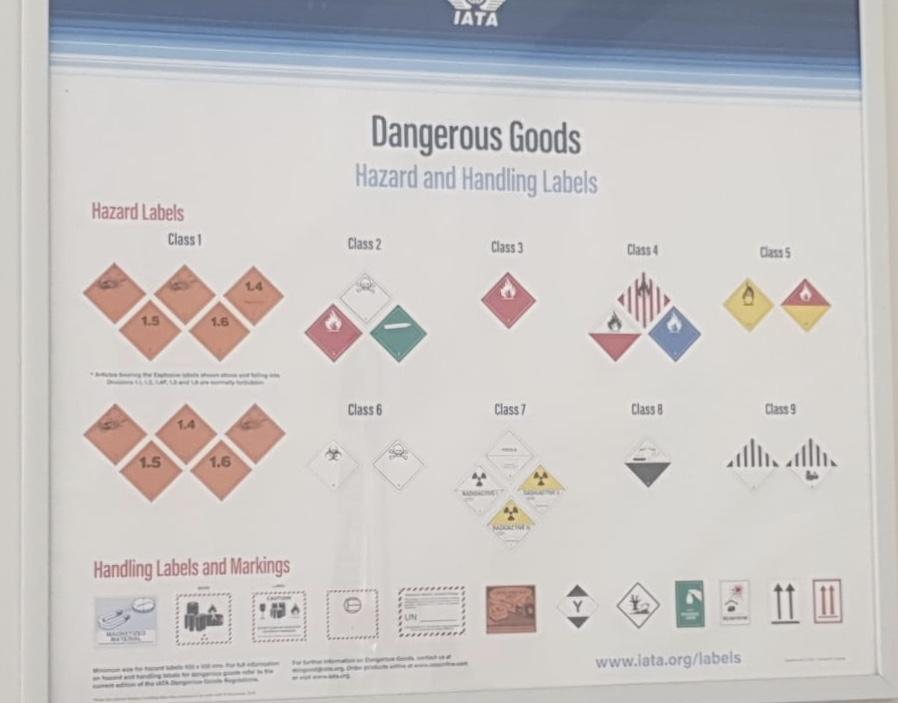
5. Oxidising Substances and Organic Pesticides covers agents that react with oxygen and organic pesticides.
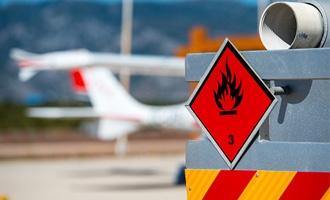
6. Toxic and Infections Substances includes substances such as cyanide, arsenic, vaccines and pathology specimens.
7. Radioactive Materials materials specific activity greater than 70 kilobecquerels per kilogram.
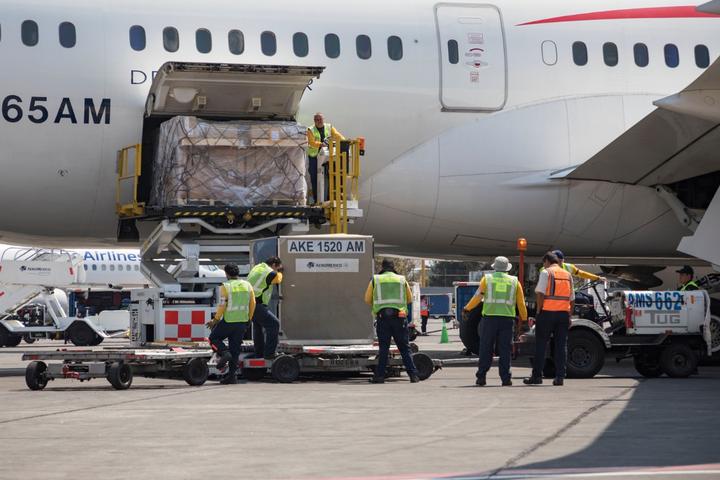
8. Corrosive Materials comprises corrosive liquids and solids that will cause severe damage when in contact with living tissue; or, in the case of leakage, will materially damage or even destroy other goods or the aircraft itself. Corrosive items include battery acids, sulfuric acid and mercury.
9. Miscellaneous any substance that may pose a danger during air transport that isn’t covered by the other classes. This includes items with anaesthetic properties, solid dry ice, asbestos, life rafts and chain saws.
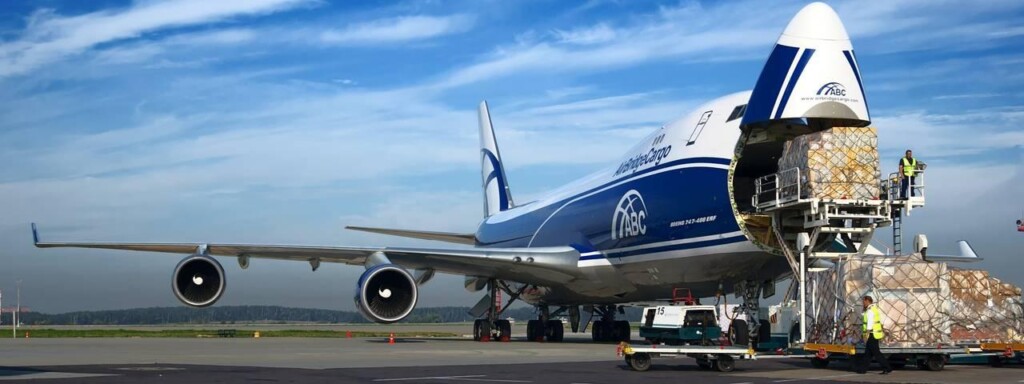
Author – Neranjan Danthure Bandara
